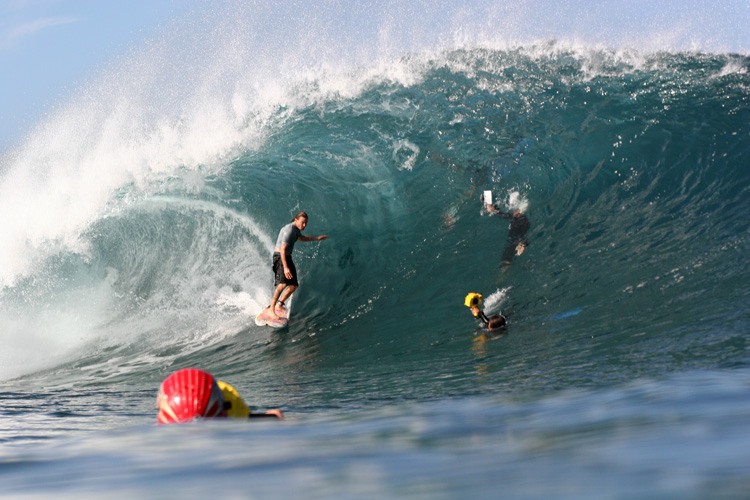Get ready to become an award-winning surf photographer. Learn how to shoot surfing and wave riding. Explore our beginner's guide to surf photography.
Shooting surfing seems relatively easy. You get a good camera, point it at the surfer, and magic happens.
Well, it can get as simple as that, but in most cases, magazine covers and ads require pictures taken by skilled professionals. And a bit of luck, too.
In surfing, a good shot speaks for itself. While this can be an advantage for the lensman, it is also an enormous challenge.
Great shots are rare, and the number of unforgettable pictures that remain etched in the minds of millions are even rarer gems.
In this particular field, practice truly makes perfect, and there are no reasons why you will not do better than LeRoy Grannis as long as you stay true to yourself and literally train your vision.
Everything Counts
Surf photography is all about the number of scenes, the arrangement of the elements, the light, and your perception of the surfer's timing as he draws his line on the open wave face or takes it to the air.
So, yes, you could say taking great surf photos is an art.
Your frames need to tell something - a story, a feeling, an eternal moment, or even a strange connection between the rider and Mother Nature.
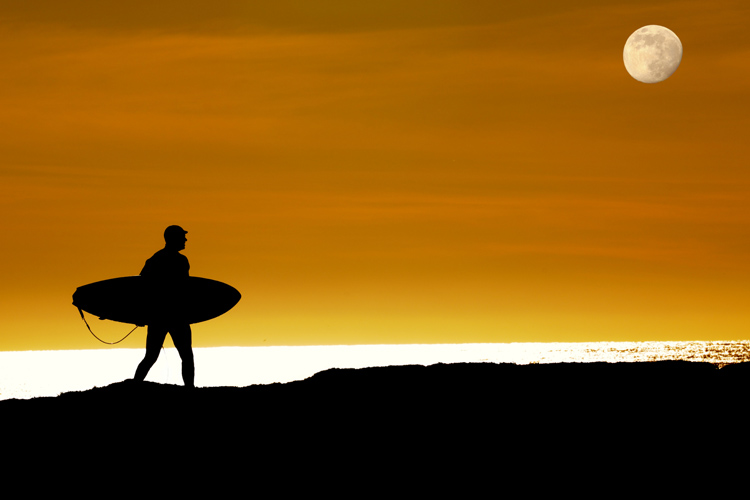
A proficient surf photographer needs to be able to deliver a stunning frame in and out of the ocean. But there should always be a purpose for each shot.
Today, an amateur surf photographer can produce high-quality, award-winning shots and compete side by side with legends. The ultimate goal is to portray the surfer living his dream.
Obstacles should be seen as incredible advantages.
Feel free to include the dunes, the buildings, the fishermen, the boats, the trees, the cliffs, piers, animals, and even the sun and clouds to create stunning shots.
A brilliant surfing photo is not necessarily a snap featuring a surfer performing a spectacular aerial move.
The context matters - the surroundings, the obstacles, the landscape, and even the weather conditions.
You might struggle with underwater surf photography because it can initially be extremely difficult. But shooting the surf in the lineup is not an impossible mission.
That is why you need to study, explore the work of some of the world's greatest surf photographers, and find inspiration for your frames.
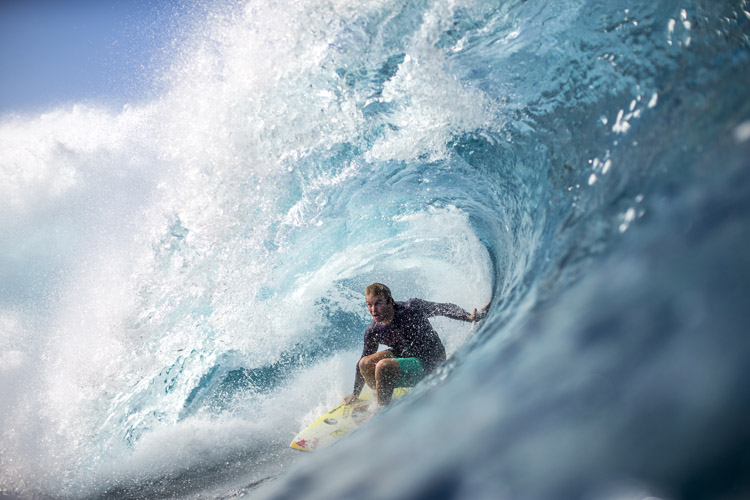
Get the Right Gear
Plan your photo session. For example, do you want to shoot the surfer while he gets covered by the wave's lip, or is your goal to capture the image of him exiting the barrel?
All these things matter - understanding your goal and knowing your gear as well. The equipment you'll need is as follows:
- Quality photo camera with HD video;
- Wide-angle lens;
- Telephoto lens;
- Tripod;
- High-speed memory cards;
- Photo camera bag;
- Telephoto lens;
- Waterproof surf camera (optional);
- Lightweight and compact waterproof housing (optional);
- Drone for aerial photography (optional);
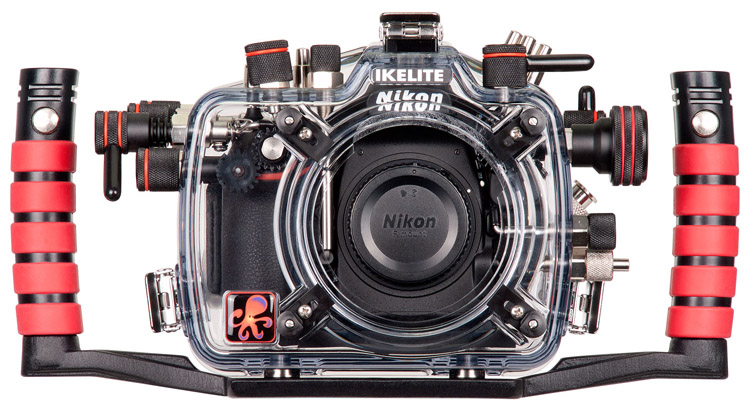
Find out the essential things you should know before starting a surf photographer career:
- Explore Your Camera: Read the owner's manual and test all its features, mechanisms, and tricks;
- Understand Exposure: Surf photography is all about brightness, i.e., ISO, shutter speed, and aperture;
- Study the Light Conditions: Is it sunny, cloudy, or rainy? What time is it?;
- Investigate the Depth of Field Options: Analyze the distance between the nearest and farthest objects;
- Search New Camera Angles: Be creative and find new perspectives;
- Perceive Composition: Study the fundamentals of photography and learn the rule of thirds, the negative space, and balance;
- Avoid Over-Processing Your Pictures: Photo editing is good, but when limits are broken, the shot is lost forever;
- Timing Is Everything: Get your five senses involved in each shot;
- Study the Masters of Photography and Photojournalism: Knowledge is power;
- Understand the Ocean: Learn how waves form and break;
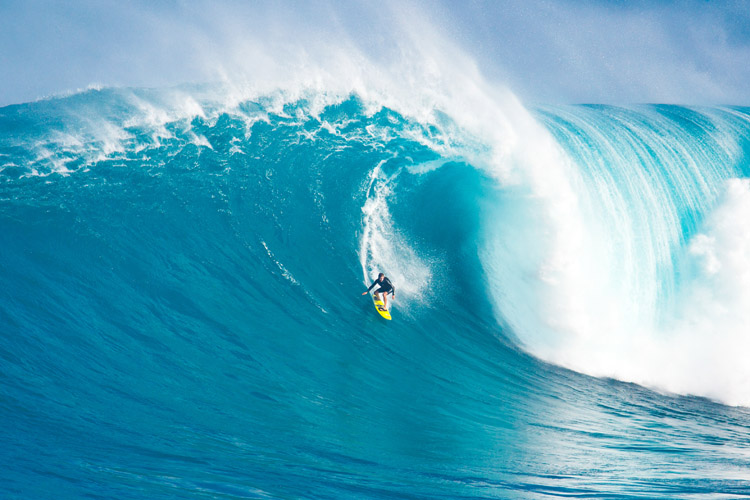
Practical Tips
Now that the theory has been explained, let's dive into the basics of surf photography:
- Positioning Is Critical: Select different shooting spots for each session;
- Analyze Your Surroundings: Find interesting objects and remarkable landmarks that you could work with;
- Keep Your Surfer Sharp: A blurry frame will never be a good shot;
- Adjust Your Zoom: You're shooting a surfer, not a football team;
- Shoot from Different Angles: A variety of repertoire opens endless opportunities;
- Avoid Unwanted Shadows: Light is a photographer's best friend, but it also plays tricks on the lens;
- Get a Straight Horizon Line: The top of your photo camera screen should be aligned with the horizon;
- Focus on the Action: The surfer is supposed to be the star of the shot;
- Visualize the Next Move: Anticipate when and which maneuvers the surfer will perform next;
- Talk with the Surfer: Explain what you plan to do and what he can do for you;
Take your first steps into surf photography by shooting surfers on the beach, people walking on the boardwalk, and slow-moving boats.
Take pictures in different lighting environments.
Then, after carefully reviewing your first snapshots, move to surf contests, where you'll have the chance to capture the social side and the intense action in the water.
Just make sure you follow your instinct with every click. When the event's over, download the pictures and scrutinize them.
If you've taken 200 photos, choose the best ten frames and ask a professional lensman for critique, advice, and guidance.
When you feel confident about your work and believe you've developed a personal style, submit it to public discussion by joining an online photo community like Flickr, 1x, or Light Stalking.
If you want to earn money, you can always sell your surf pictures in 500px, Shutterstock, or iStock, or submit your work to surf magazines around the world.
Remember that only by building a reliable and high-quality portfolio will you establish yourself as a renowned and reputed surf photographer.
Learn how to shoot a surfing video.
